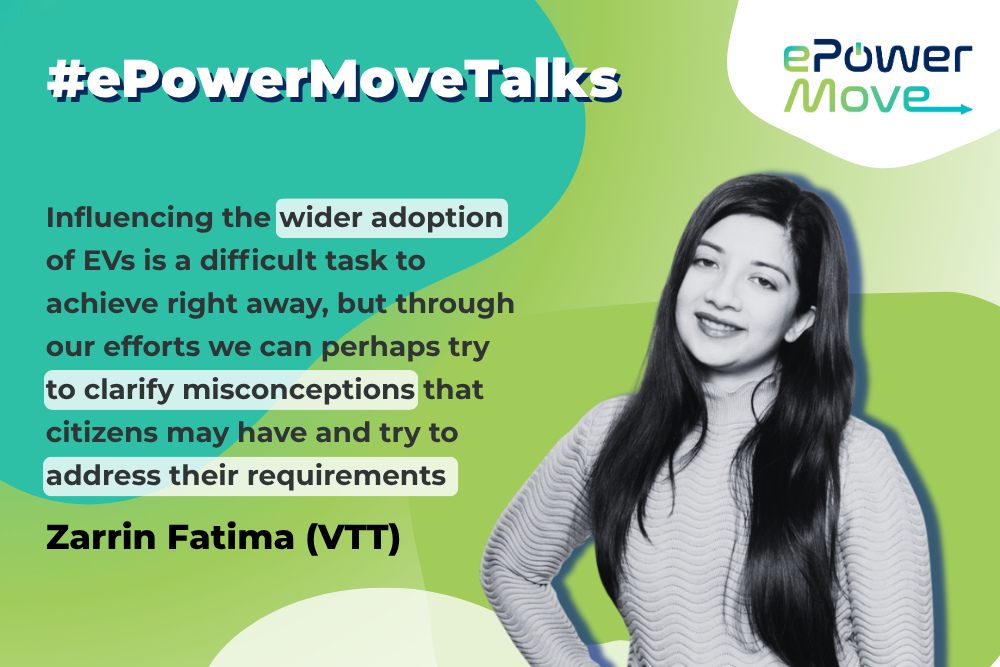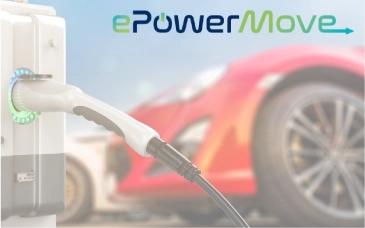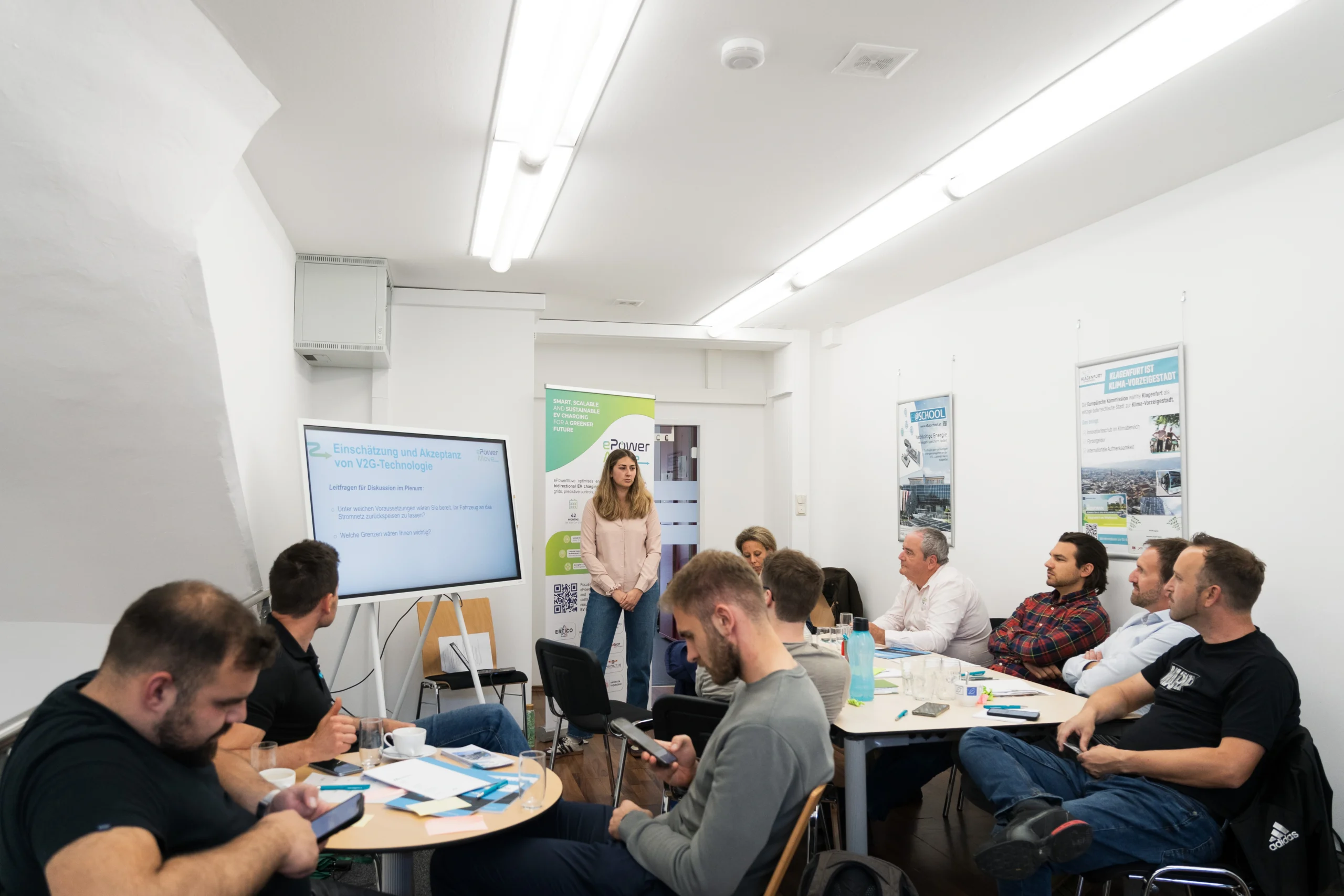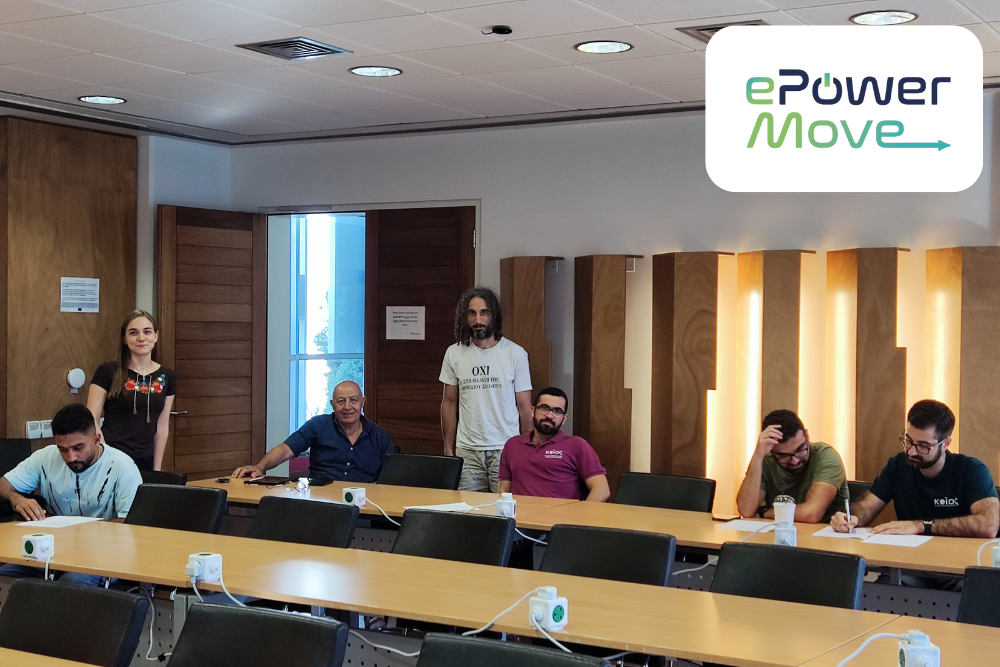With a strong background in Sustainability in the Built Environment and nearly a decade of experience in European research initiatives, Zarrin is currently completing her doctoral studies on citizen participation. Her expertise is guiding how ePowerMove ensures that local communities and diverse users play an active role in shaping future charging solutions.
Why is it so important for ePowerMove to involve different community clusters in the design of innovative charging infrastructure?
Imagine selecting a place to rent. You spend time finding the perfect place that fits your lifestyle, considering your family situation, having a home office, or being close to the city to avoid a long commute. These are your needs. However, your needs are not the same as my needs. I may want to live away from the city so I can avoid the noise and chaos. I also like having a garden and a patio, and I will have a larger outdoor space if I live outside the city.
When we live in a community, it is not just ‘us’ living there. A community is made up of many different people with different ages, genders and lifestyles. A community can be a few people or hundreds of people; there is no restriction. Shall we make everyone live in the same type of house? Shall we make them follow your routine or my routine always?
The charging infrastructure has to cater to the charging needs not just for 1 hour for one person. But many people may want to use it during the 24 hours, depending on where they are going or where they are coming from.
What specific co-design activities are planned throughout the project? Which groups are you working with and how are you reaching them?
The first six months of the project were very intense for the three demos because this was the only time we had within the project to engage the citizens and collect requirements for the new charger design. We decided to keep the discussions simple so that we can hear the user stories first-hand. During discussions, we asked participants, for example, to draw their profiles (how they start their day, where they go to charge the car, how long they charge for, etc.). Our next step in Helsinki is to create a set of preferred design choices and request participants to select their preferences. We have tried to reach all genders, age groups and different types of professionals, like taxi drivers. Our ways of reaching the users have varied across the demos, including university staff, company employees, NGOs, and personal contacts.
From your perspective, are there any legal or regulatory gaps that hinder the rollout of more inclusive and accessible charging solutions?
The cities indeed adhere to specific guidelines regarding the installation of chargers; however, ePowerMove gives us a chance to propose changes based on the collected user evidence.
How do you expect the feedback and insights gathered from communities to shape the development of the project and influence wider EV adoption in the future?
By speaking to a large number of EV and non-EV users, we have a chance to understand the small data, like chargers being located at the last corner of the parking area with not enough lighting. This type of data helps the experts become more aware of the user and the charging experience as a whole, emphasising that charging is not just limited to inserting the cable and completing the payment, but also the environment around the user.
Influencing the wider adoption of EVs is a difficult task to achieve right away, but through our efforts, we can perhaps try to clarify misconceptions that citizens may have about EVs and discuss with the city and experts how to address the user requirements.



